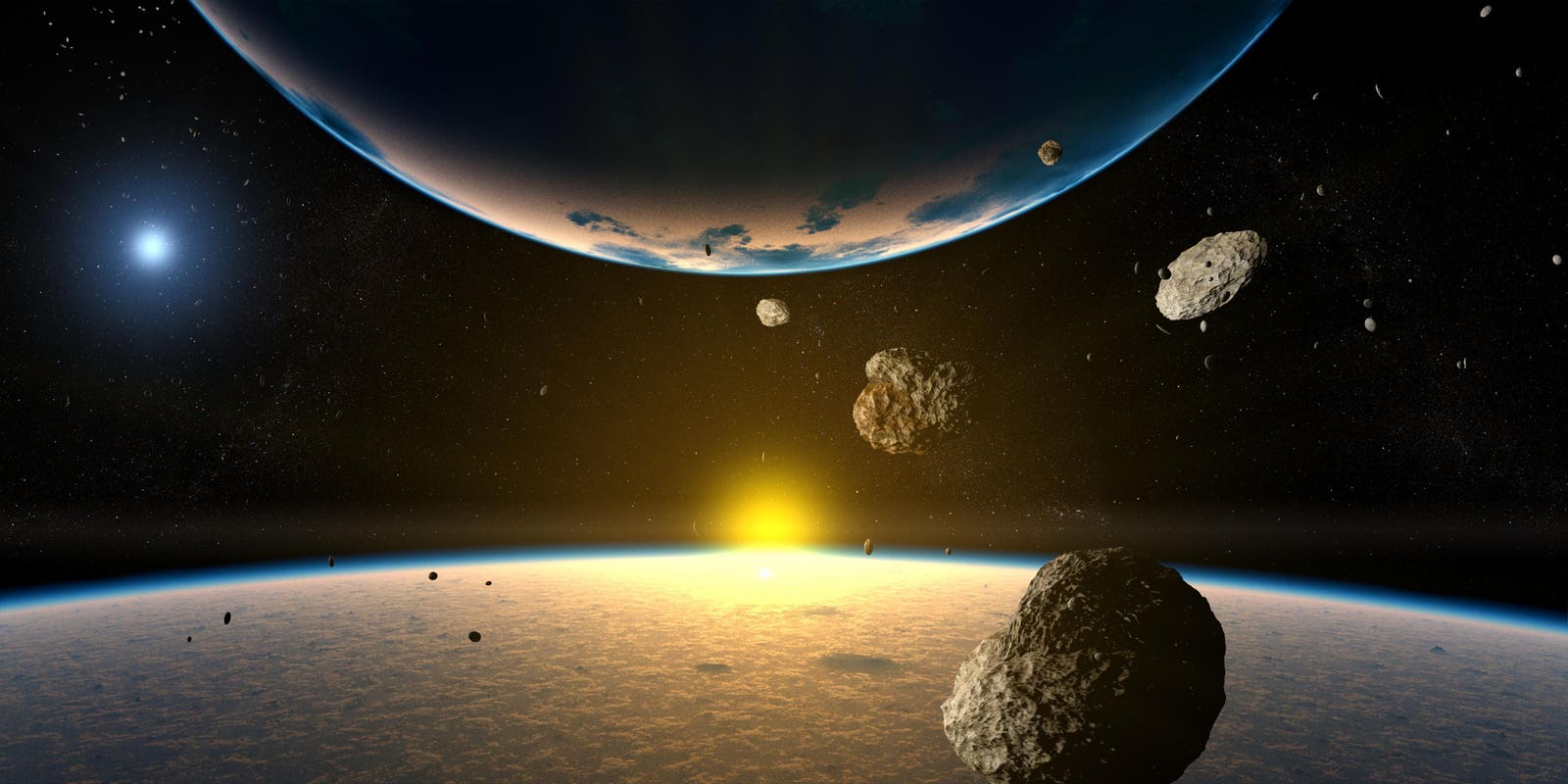
Possible Habitability of Planets in the Alpha Centauri System
getty
Once a concept relegated to the realm of science fiction, interstellar asteroids that traverse our solar system from unknown origins are now a reality. To date, astronomers have identified at least two such visitors: ‘Oumuamua, discovered in 2017, and 2I/Borisov, detected in 2019. The question remains: where did they come from?
A recent study published in The Planetary Science Journal suggests that our solar system is likely filled with asteroids, comets, and even minute particles originating from the Alpha Centauri triple star system.
“Our projections estimate that there could be nearly one million Alpha Centauri objects, each at least 100 meters in size, within our solar system,” stated Cole Gregg, a doctoral astronomy student at the University of Western Ontario, via email. However, he emphasized that identifying these objects is an exceedingly rare event, with odds of one in a million.
The 5 billion-year-old Alpha Centauri system is currently on a trajectory that brings it closer to the Sun.
Gregg explains that materials expelled from Alpha Centauri at relatively low speeds (below 2 kilometers per second) could find their way to our solar system and might already be present. The influx of such material is expected to peak in approximately 28,000 years when Alpha Centauri is at its closest, about 3.2 light-years away.
Proxima Centauri, one of the stars in the Alpha Centauri system, currently hosts the only confirmed exoplanets.
The presence of planets within a system contributes to orbital instability, as gravitational interactions can propel objects away from the star’s gravitational grip. Gregg notes that, even in the absence of planets, materials can still be expelled through mechanisms such as close encounters with other stars, galactic tides (the Milky Way’s gravitational influence), and even stellar radiation affecting smaller particles.
The research team’s simulations take into account both the Sun’s position in our Milky Way Galaxy and the movements of various stars.
“This involves tracing the paths of the Sun and Alpha Centauri back for 100 million years, allowing us to model potential ejection speeds and investigate whether particles from Alpha Centauri reach our solar system,” explained Gregg.
Closest Approach
During the simulations, the material reaching our Solar System from Alpha Centauri occurs over a ten-million-year timeframe when our solar system is transitioning through the densest region of Alpha Centauri debris, as stated by Gregg.
Remarkably, even microscopic particles measuring just a few microns can endure the lengthy voyage from Alpha Centauri.
Gregg highlights that dust detectors onboard spacecraft have successfully identified these tiny interstellar particles.
The authors of the paper suggest there could be as many as ten detectable meteors from Alpha Centauri entering Earth’s atmosphere each year.
Key Takeaway
If materials from Alpha Centauri are indeed present within our solar system, it hints at a dynamic interplay in our galaxy where stars swap materials, elements, and potentially even the building blocks of life. Gregg suggests this notion could transform our perception of the Milky Way—not merely as a collection of isolated stars but as a vibrant, evolving ecosystem.
Future Directions
Our research is focusing on nearby stars such as Beta Pictoris, known to possess debris disks and possibly planets, which increases the likelihood of substantial material being released into our solar system, according to Gregg.









